I've been working on an ASP.net project that uses custom 'modal dialogs'. I use scare quotes here because I understand that the 'modal dialog' is simply a div in my html document that is set to appear "on top" of the rest of the document and is not a modal dialog in the true sense of the word.
In many parts of the web site, I have code that looks like this:
var warning = 'Are you sure you want to do this?';
if (confirm(warning)) {
// Do something
}
else {
// Do something else
}
This is okay, but it would be nice to make the confirm dialog match the style of the rest of the page.
However, since it is not a true modal dialog, I think that I need to write something like this: (I use jQuery-UI in this example)
<div id='modal_dialog'>
<div class='title'>
</div>
<input type='button' value='yes' id='btnYes' />
<input type='button' value='no' id='btnNo' />
</div>
<script>
function DoSomethingDangerous() {
var warning = 'Are you sure you want to do this?';
$('.title').html(warning);
var dialog = $('#modal_dialog').dialog();
function Yes() {
dialog.dialog('close');
// Do something
}
function No() {
dialog.dialog('close');
// Do something else
}
$('#btnYes').click(Yes);
$('#btnNo').click(No);
}
Is this a good way to accomplish what I want, or is there a better way?

